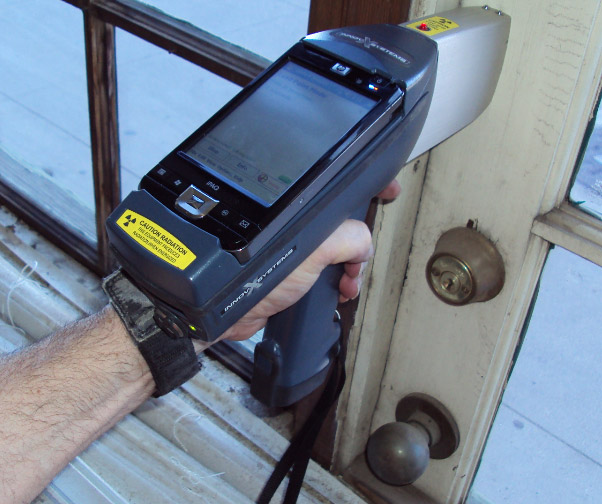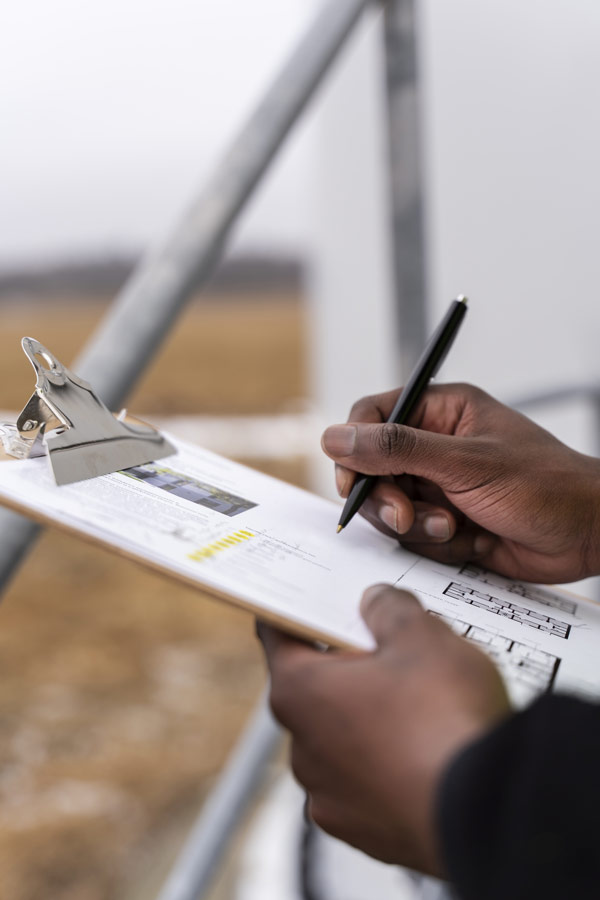Ideal Practices for Making Certain Safe and Detailed Lead Infraction Reduction
Addressing lead offense reduction calls for a multi-faceted approach to guarantee both safety and conformity. It's the last clearance process, involving comprehensive evaluations and lab testing, that really verifies a lead-free atmosphere, guaranteeing lasting security. Just how do these methods interconnect to assure detailed lead reduction?

Initial Analysis
Carrying out a preliminary assessment is a vital initial step in lead violation reduction. This stage encompasses a comprehensive evaluation of the property to identify the existence, extent, and certain areas of lead-based hazards. Qualified specialists, such as licensed lead assessors or risk assessors, must perform a thorough website inspection, using tools like X-ray fluorescence (XRF) analyzers to properly spot and measure lead focus in paint, dust, dirt, and water.
The analysis must additionally consist of a testimonial of the building's background, previous reports, and any issues or wellness concerns reported by owners - Lead Removal Contractors. Recording the findings diligently is crucial, as these records create the basis for establishing a reliable reduction approach. A thorough evaluation additionally involves tasting and research laboratory evaluation, which are crucial to confirm the visibility of lead and overview succeeding actions
Furthermore, it is imperative to interact the outcomes transparently to all stakeholders, including homeowner, lessees, and regulatory authorities. By making sure that the initial evaluation is conducted with precision and rigor, specialists can lay a solid structure for a targeted and efficient lead reduction procedure, ultimately guarding public wellness and ensuring conformity with regulatory criteria.
Appropriate Control
Proper containment is crucial to avoid the spread of lead impurities during reduction tasks. Properly taking care of containment decreases the threat of lead dust and debris moving to non-work areas, therefore guarding both the environment and individuals outside the immediate job area. To attain appropriate containment, an airtight obstacle of plastic bed linen must be established around the workplace, making sure all seams and edges are securely secured. Lead Removal Contractors. This barrier needs to expand from floor to ceiling and be taped down to protect against any type of leaks.

Normal examinations of the containment location are needed to check for violations or weak points in the barrier. Any determined problems need to be promptly addressed to keep the integrity of the containment. By sticking to these methods, abatement tasks can successfully regulate lead contamination and alleviate associated wellness dangers.
Employee Security
Ensuring worker protection is paramount throughout lead abatement projects to stop work-related direct exposure to unsafe lead fragments. Important steps include the usage of personal protective equipment (PPE) such as respirators, handwear covers, and full-body fits specifically made to block lead dirt and fumes. Workers ought to undertake thorough training on the correct use and upkeep of PPE, consisting of fit testing for respirators to make certain optimum effectiveness.
Design controls, such as local exhaust ventilation systems, are vital in lessening air-borne lead focus in the job atmosphere. Administrative controls need to also be implemented, including limiting the duration of direct exposure and rotating workers to visit the site reduce private try here direct exposure times. Regular clinical security and organic surveillance are essential for very early detection of lead absorption, allowing timely treatment and therapy.
Additionally, establishing a decontamination protocol is important. Workers should adhere to strict decontamination procedures before breaks and at the end of their shift to stop lead dirt from being carried outside the workspace. This includes thorough hand and face cleaning with lead-specific cleaner and changing out of polluted garments.
Precise Clean-up
Preserving a secure workplace expands past employee protection and includes meticulous cleaning to ensure lead fragments are extensively removed from the website. The procedure of meticulous clean-up is important in preventing the recontamination of the mellowed out location and guarding both current and future occupants.
To accomplish a thorough clean-up, all work areas need to be systematically decontaminated. This entails the usage of specialized HEPA (High-Efficiency Particulate Air) hoover and wet-wiping strategies to record and remove fine lead dirt that might have worked out on surface areas. It is important to clean up all straight surface areas, including floors, home window sills, and countertops, as well as upright surface areas that may have entraped lead fragments.
Workers should find more info use ideal personal safety equipment (PPE) during cleanup to prevent direct exposure to recurring lead dust. Made use of cleaning materials such as wipes, sponges, and wipe heads should be gotten rid of according to unsafe waste disposal policies.

Last Clearance
Last clearance is the essential wrapping up stage of lead abatement that determines whether the website is secure for reoccupation. This critical step entails detailed evaluation and testing to confirm that all lead risks have been efficiently gotten rid of. The procedure starts with an aesthetic assessment by a licensed lead-based paint assessor or risk assessor to make sure no noticeable dust or debris continues to be. This is adhered to by gathering dirt wipe examples from various surface areas, including floorings, windowsills, and various other straight surfaces. Lead Removal Contractors.

Last clearance testing not just safeguards future passengers however additionally makes sure compliance with neighborhood, state, and federal guidelines. It offers as a recorded recognition of the reduction contractor's adherence to industry best techniques. Ensuring an extensive and successful final clearance is important in protecting public health and cultivating count on the abatement procedure.
Verdict
Making certain secure and comprehensive lead infraction reduction demands a diverse technique including preliminary analyses with sophisticated discovery approaches, effective containment strategies, stringent employee security procedures, and thorough clean-up procedures. The last clearance stage, featuring thorough evaluations and lab screening, is vital to confirm compliance with EPA requirements. Adherence to these finest methods assures a secure environment for passengers, reduces health dangers, and upholds regulative needs, thereby advertising public health and security in lead-affected areas.